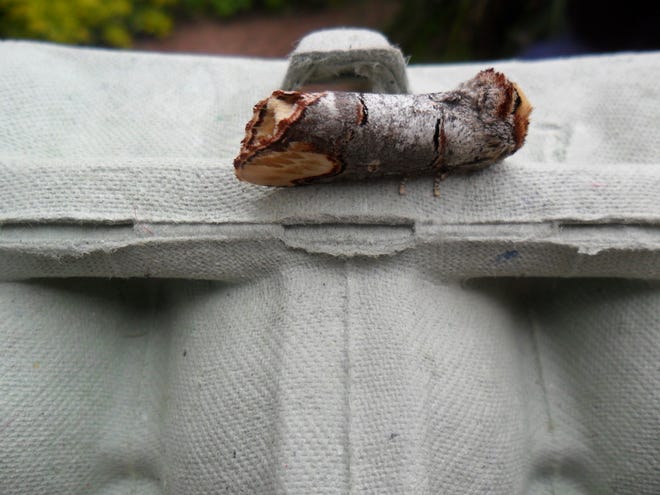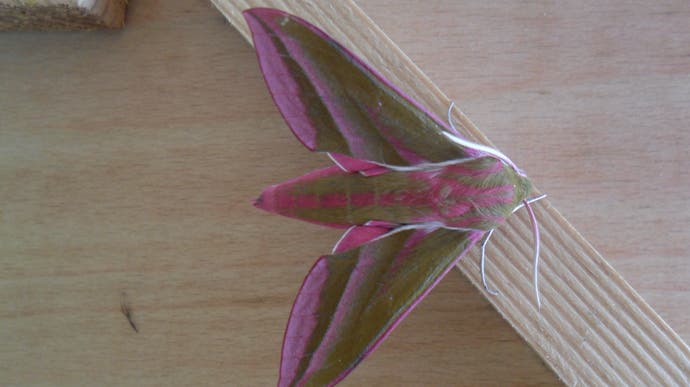Someone should make a game about: moths
Gotta catch 'em all.
Growing up, I often imagined myself charging through the jungle in pursuit of some exotic creature then whispering excitedly into an imaginary camera.
Eventually, I did indeed have an enjoyable and productive career in the wildlife sector, mainly working in the field of UK wildlife, often travelling around the country in search of bats and birds.
At the age of 40, however, I was diagnosed with a serious neurological illness which has resulted in full paralysis. I needed to find wildlife that would come to me, rather than having to travel to see it. Then I heard about moth-trapping.
Moths? Surely, they are the dowdy, nocturnal relations of butterflies, always banging into lights and laying their eggs in old piles of clothes. Actually, it turns out there are about 2500 species of moth in the UK, of which only 5 eat clothes (or rather, their caterpillars do).

Far from being drab and grey, UK moths are a huge range of colours and shapes, whether bright pink and lime green (like the really rather psychedelic Elephant Hawk Moth) or subtly camouflaged like the Buff Tip which is disguised to look like a twig.
And the names! Moths were generally first catalogued by 19th Century naturalists with a whimsical bent. Expect to find Kittens, Sharks and Thorns in your garden. These insects have a real Steampunk edge to them.
So, how do you get them close enough to photograph them and identify them?
Well, if there's one thing that everyone knows about moths, it's that they love flying towards light. No-one is completely sure why they do it. (Does it remind them of the white night-scented flowers where they get a lot of the nectar which forms most of their diet?)

In order to attract moths for study and identification you'll need a light source, specifically one that gives off ultraviolet light, which moths can see from a long way off. A fully assembled moth trap is about £135.
If you're better at carpentry than me (which isn't hard) you can make the plywood box yourself and buy the ultraviolet light bulb and the Perspex sheets separately.
While there will be moths around almost every week of the year, warm, dry, non-windy summer nights are most likely to bring in good numbers of various species and be most interesting to survey. Then, to survey the moths in your garden, put a few old egg boxes inside the trap for the captured moths to safely settle in, then leave the trap out all night with the light switched on.
In the morning, carefully take out the egg boxes and individually photograph and identity the moths that are hiding in them. There are plenty of online resources complete with pictures of the weird and wonderful creatures you will have found.
So the gaming angle? Trapping creatures which are multi-coloured, strange shapes and have peculiar names? Moths are your garden's Pokémon!
All photos copyright Colin Higgins, 2020.

